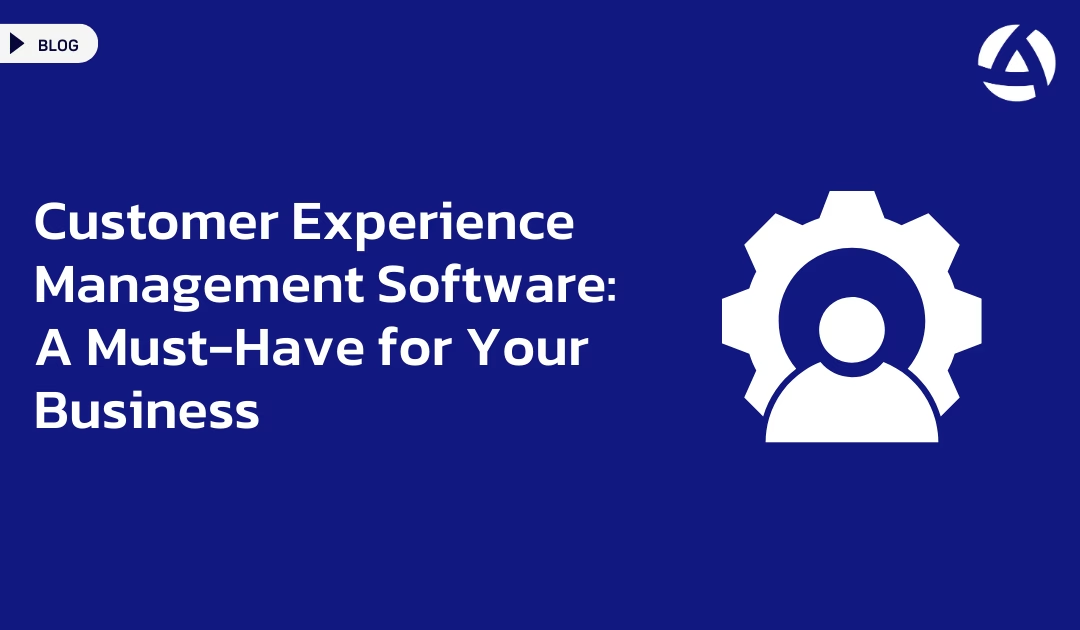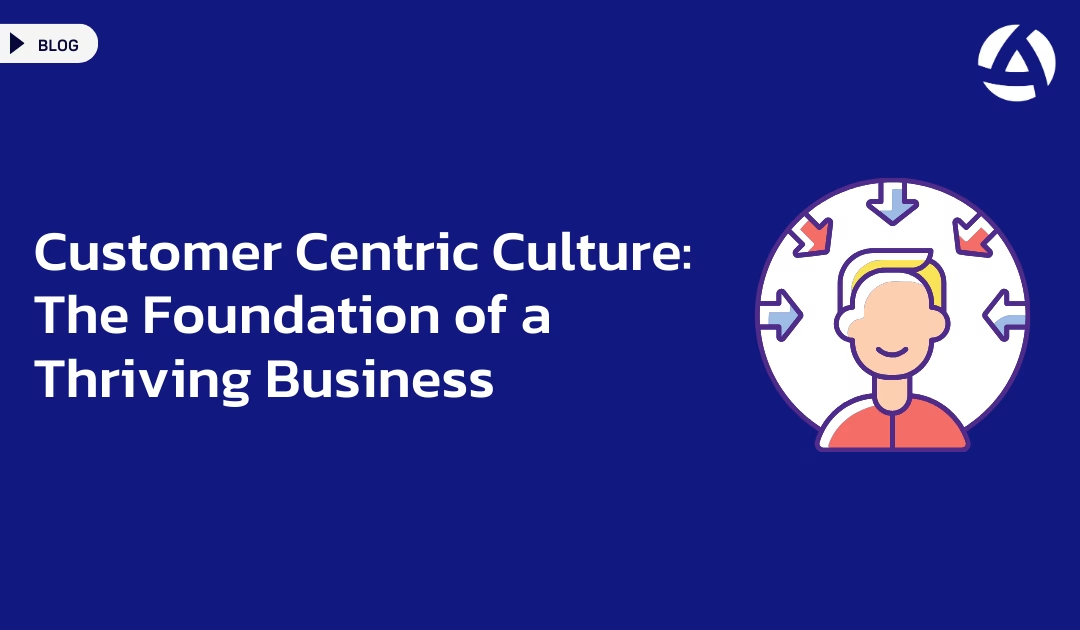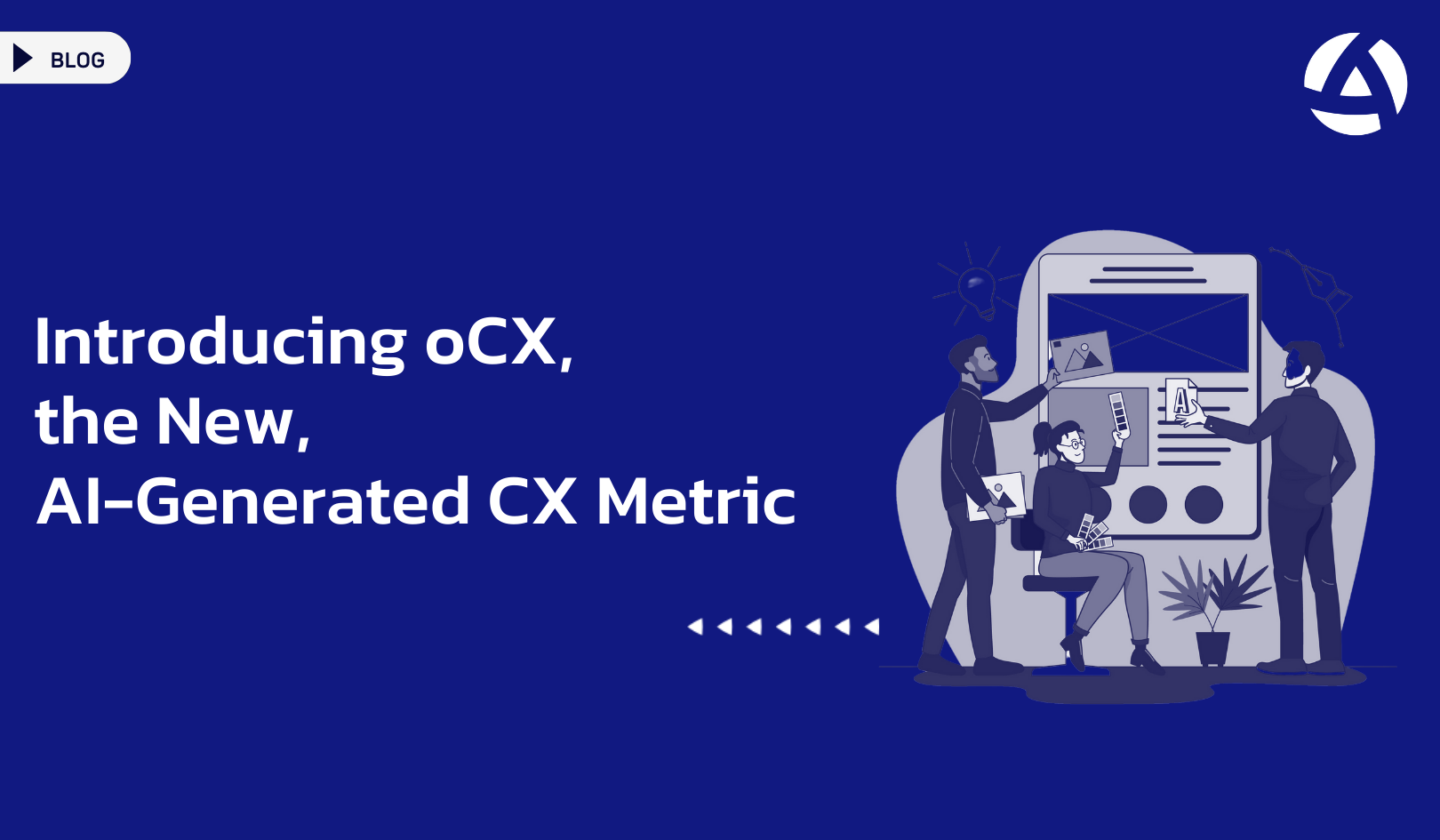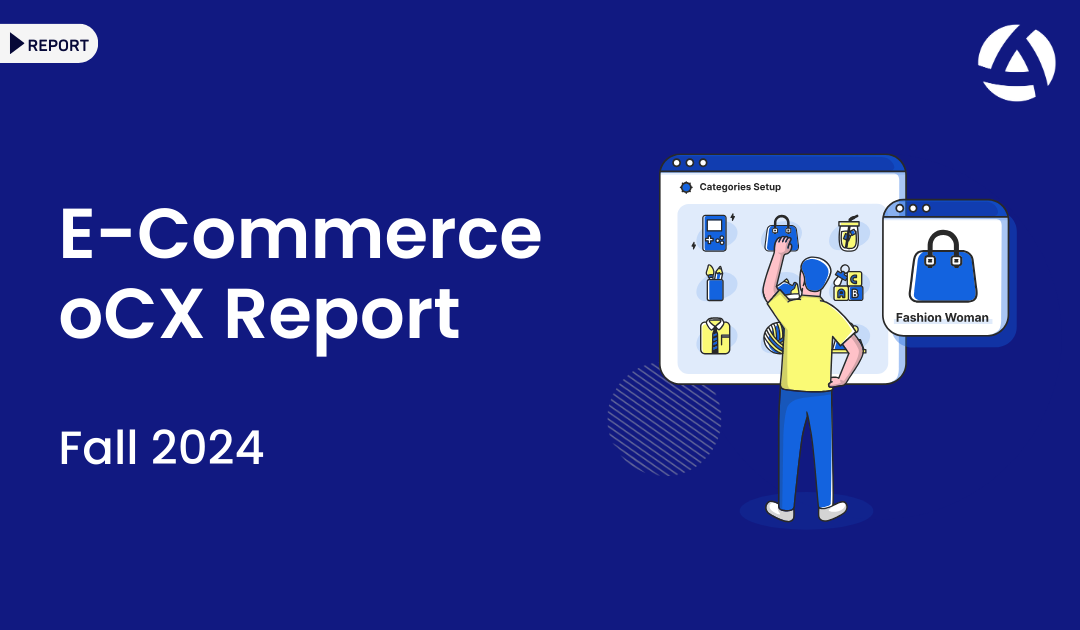Customer satisfaction and loyalty are essential for long-term success. With the right customer experience management software, your company can effectively track, analyze, and improve interactions with customers, helping you stay competitive and relevant in a crowded marketplace. Here’s why investing in such a solution is a must.
What Is Customer Experience Management Software?
Customer experience management (CEM) software helps businesses monitor and optimize every touchpoint of the customer journey. From collecting feedback to analyzing customer sentiments, these tools enable a data-driven approach to understanding customer needs.
Key features of customer experience management software include:
- Centralized dashboards for real-time monitoring.
- Advanced analytics to uncover patterns and trends.
- Tools to facilitate communication and collaboration across teams.
By using these features, businesses can transform raw data into actionable insights.
Why Your Company Needs It
Having customer experience management software offers tangible benefits that directly impact your bottom line.
Improved Customer Retention
Satisfied customers are more likely to remain loyal. CEM software enables businesses to:
- Monitor customer satisfaction levels.
- Address pain points before they lead to churn.
- Personalize the customer experience to meet individual needs.
Better Decision-Making
With real-time analytics, you gain clarity on what’s working and what needs improvement. This clarity helps you:
- Identify trends across different customer demographics.
- Pinpoint inefficiencies in your operations.
- Align your strategies with customer expectations.
Increased Efficiency
Manually tracking and analyzing customer interactions is time-consuming. CEM software automates these processes, freeing up valuable resources and enabling your team to focus on delivering exceptional service.
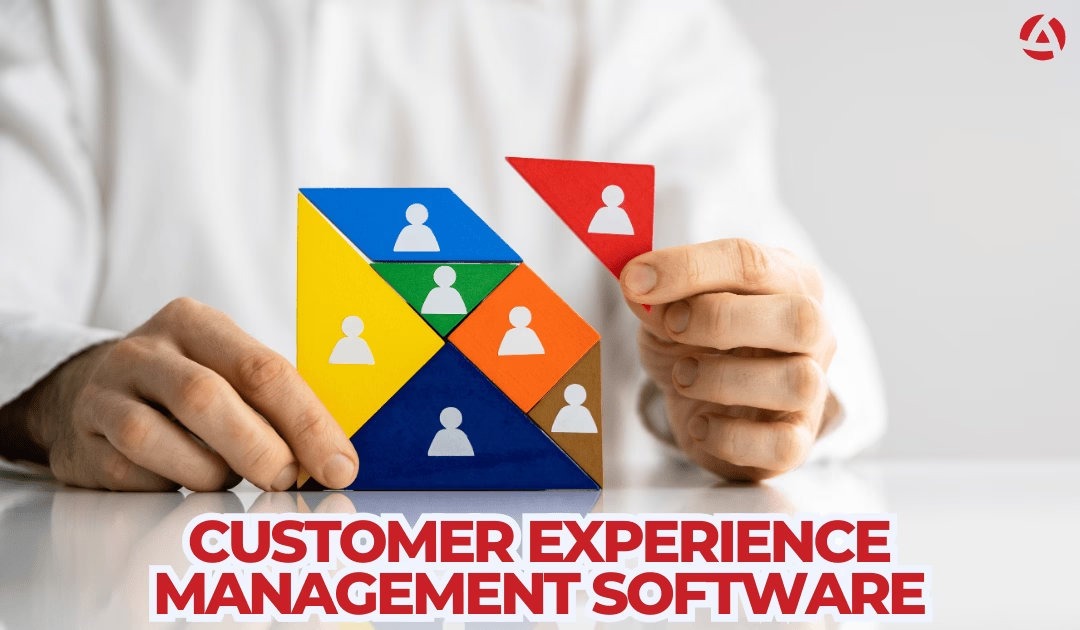
Key Features to Look For
When choosing customer experience management software, consider these essential features:
- Integration: Ensure the software integrates seamlessly with your existing tools.
- Scalability: Look for a solution that grows with your business.
- Ease of Use: Opt for user-friendly platforms with intuitive interfaces.
Steps to Implement Customer Experience Management Software
- Assess Your Needs: Identify what you want to achieve, such as improving retention or increasing customer satisfaction scores.
- Choose the Right Solution: Evaluate different software options based on features, pricing, and reviews.
- Train Your Team: Ensure everyone understands how to use the software effectively.
- Monitor and Adjust: Continuously track your results and refine your approach as needed.
Conclusion
Frequently Asked Questions
How does customer experience management software differ from CRM software?
Customer experience management software focuses on analyzing and optimizing the entire customer journey, while CRM software primarily manages customer relationships and sales data.
Is customer experience management software suitable for small businesses?
Yes, many software options are scalable and designed to accommodate businesses of all sizes. Small businesses can benefit from improved efficiency and better customer insights.

